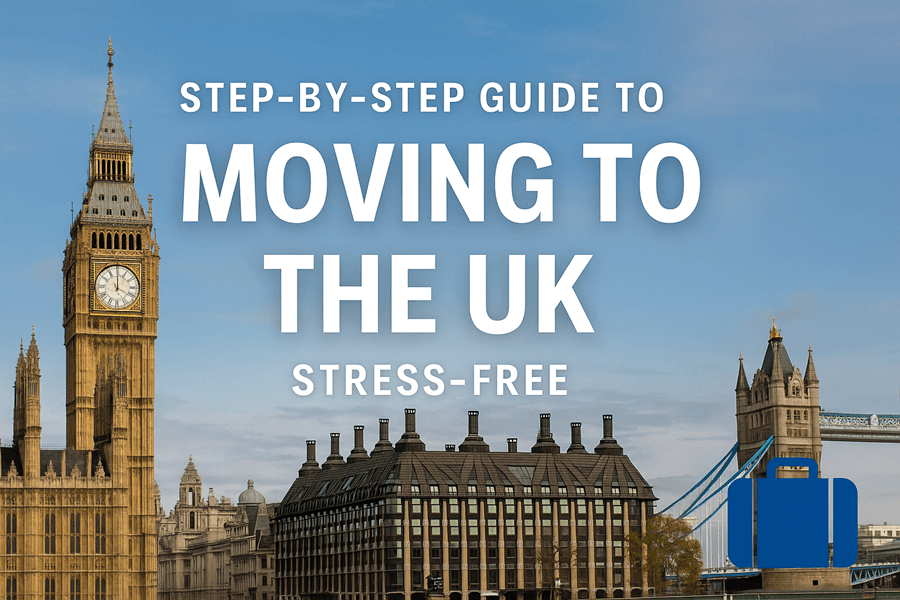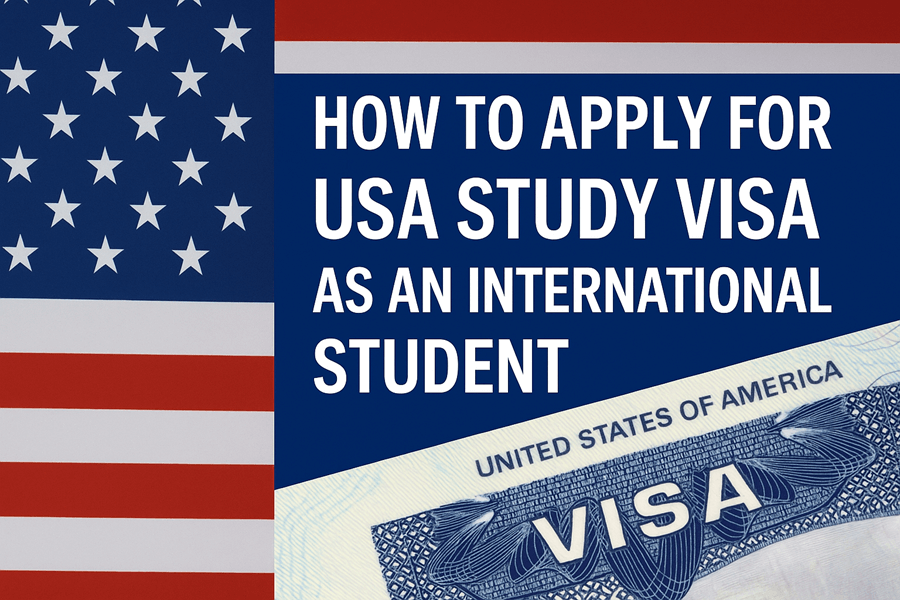If you’ve ever dreamed of starting a new life in a stable, diverse, and opportunity-rich country, then Canada permanent residence might be your perfect gateway. With one of the most inclusive immigration systems in the world, Canada welcomes thousands of immigrants every year — especially from Africa — through multiple pathways that lead to permanent residency and, eventually, citizenship.
In this comprehensive guide, we’ll walk you through everything you need to know about Canada permanent residence: the benefits, the step-by-step application process, eligibility criteria, and the top programs available in 2025. Whether you’re a skilled worker, international graduate, caregiver, or a refugee seeking a better future, this guide will help you navigate your journey to becoming a Canadian permanent resident.
🌍 Why Choose Canada for Permanent Residency?
Canada is known for more than just maple syrup, ice hockey, and beautiful landscapes. It’s one of the top destinations for African immigrants — and for good reason.
✅ Benefits of Canada Permanent Residence
- Live, work, and study anywhere in Canada
You’re not tied to a particular province or employer. - Access to healthcare and social benefits
PR holders enjoy free or subsidized public healthcare and education. - Pathway to Canadian citizenship
After meeting residency requirements, PR holders can apply for full citizenship. - Sponsor family members
You can bring your spouse, children, and even parents under family reunification programs. - Protection under Canadian law
You are legally protected by the Canadian Charter of Rights and Freedoms.
✨ Who is Eligible for Canada Permanent Residence?
The Canada permanent residence process is open to a wide range of individuals, including:
- Skilled workers
- Students and graduates
- Entrepreneurs and investors
- Caregivers and healthcare professionals
- Refugees and asylum seekers
You don’t need to have a job offer to qualify in most cases, but strong language skills, work experience, and education greatly improve your chances.
🇨🇦 Popular Pathways to Canada Permanent Residence
1. Express Entry System
This is the most popular and fastest route for skilled workers to gain Canada permanent residence. It manages applications for three economic immigration streams:
- Federal Skilled Worker Program (FSWP)
- Federal Skilled Trades Program (FSTP)
- Canadian Experience Class (CEC)
How It Works:
- Create a profile on IRCC’s Express Entry portal
- You’ll receive a Comprehensive Ranking System (CRS) score based on age, education, experience, and language ability
- Candidates with high scores receive Invitations to Apply (ITA) for permanent residence in regular draws
Example: Ayodele, a software developer from Lagos with a Master’s degree and IELTS score of 8.0, received an ITA just 3 months after creating her Express Entry profile.
2. Provincial Nominee Program (PNP)
Each Canadian province has its own PNP targeting local labor needs. PNPs offer a route to Canada permanent residence for applicants with specific skills or ties to a province.
Examples include:
- Ontario Immigrant Nominee Program (OINP)
- Alberta Advantage Immigration Program
- Saskatchewan Immigrant Nominee Program (SINP)
- British Columbia Provincial Nominee Program (BCPNP)
Learn more: PNP Overview – Canada.ca
3. Atlantic Immigration Program (AIP)
Designed for newcomers willing to live in Atlantic Canada — Nova Scotia, New Brunswick, Newfoundland and Labrador, or Prince Edward Island — this employer-driven program offers Canada permanent residence after receiving a job offer from a designated employer.
🎓 Student Pathway to Canada Permanent Residence
If you’re studying in Canada or plan to, this is a great stepping stone to Canada permanent residence.
The Process:
- Apply for a study permit
- Graduate from a designated Canadian institution
- Obtain a Post-Graduation Work Permit (PGWP) — up to 3 years
- Gain Canadian work experience
- Apply for PR through Canadian Experience Class or PNPs
Example: Sarah, from Ghana, completed her master’s in Public Health in Toronto. After one year of full-time work, she applied through the Ontario PNP and received her PR in 10 months.
🧑🏽⚕️ Caregiver Pathway to Canada Permanent Residence
Canada values caregivers, and programs like the Home Child Care Provider Pilot and Home Support Worker Pilot allow foreign nationals to gain PR after gaining work experience in Canada.
To qualify, you need:
- A valid job offer
- Relevant training or experience
- CLB 5 in English or French
After 2 years of full-time work in Canada, you can apply for Canada permanent residence under this stream.
🏢 Start-Up Visa Program (Entrepreneurs)
Entrepreneurs with innovative business ideas supported by designated Canadian organizations may qualify for PR under this federal program.
Requirements include:
- Letter of support from an approved investor or incubator
- Sufficient settlement funds
- CLB 5+ in English or French
📋 General Requirements for Canada Permanent Residence
Regardless of the pathway, applicants generally need:
| Requirement | Details |
|---|---|
| Language Proficiency | IELTS or TEF (CLB level varies per program) |
| Education | Minimum high school; higher degrees get more points |
| Work Experience | 1–3 years in a skilled occupation (NOC 0, A, B) |
| Medical Exam | Required by approved panel physician |
| Police Clearance | From all countries lived in for 6+ months |
Use Canada’s official tool to check your eligibility:
👉 Come to Canada Tool
🗂️ How to Apply for Canada Permanent Residence
Here’s a simplified step-by-step overview:
Step 1: Determine the Best Program
Use the Come to Canada tool to see what stream fits your profile.
Step 2: Gather Documents
- Passport, language test results, education assessment (ECA), reference letters, etc.
Step 3: Create Express Entry or PNP Profile
Enter your details on the IRCC portal
Step 4: Receive an Invitation to Apply (ITA)
If selected, submit your complete application within 60 days.
Step 5: Wait for Processing
Processing times vary — Express Entry usually takes 6–8 months.
Step 6: Get Your Confirmation of PR
You’ll receive a COPR (Confirmation of Permanent Residence) and a PR visa.
📆 How Long Does it Take?
| Pathway | Processing Time |
|---|---|
| Express Entry | 6–8 months |
| PNP | 10–18 months |
| Atlantic Program | 6–12 months |
| Caregiver Pathway | Up to 36 months |
| Student to PR | 2–4 years (includes study/work period) |
📍 Where Should You Live in Canada?
Some popular provinces among African immigrants include:
- Ontario – Diverse communities, strong job market
- Alberta – Lower cost of living, growing industries
- British Columbia – Mild climate, tech sector
- Manitoba & Saskatchewan – Easier PNPs, low competition
- Nova Scotia – Family-friendly, Atlantic PR programs
🔍 FAQs on Canada Permanent Residence
❓ Can I apply without a job offer?
Yes. Express Entry’s FSWP and some PNPs don’t require job offers.
❓ How much money do I need?
Proof of funds varies by family size. For a single applicant, approx. CAD $13,757 is required.
❓ Can I bring my family?
Yes. Spouses and children can be included in your PR application.
❓ Is permanent residence permanent?
Yes, but you must meet the residency obligation: 730 days in Canada in the last 5 years to maintain your PR.
💡 Pro Tips for Success
- Boost your CRS score: Improve IELTS scores, get a job offer, or earn a Canadian degree
- Avoid fraud: Use only licensed immigration consultants (RCICs)
- Start early: Document gathering and test prep take time
- Join community groups: Facebook groups like “Africans in Canada Immigration Help” offer real support
🔗 Helpful Resources
✨ Final Thoughts: Start Your Journey Today
Whether you’re a nurse in Lagos, a student in Nairobi, or a software developer in Accra, Canada permanent residence is not out of reach. With the right strategy, persistence, and preparation, you could soon be calling Canada home — with access to world-class healthcare, education, and opportunity.
Don’t wait for the perfect moment. The time to act is now.




